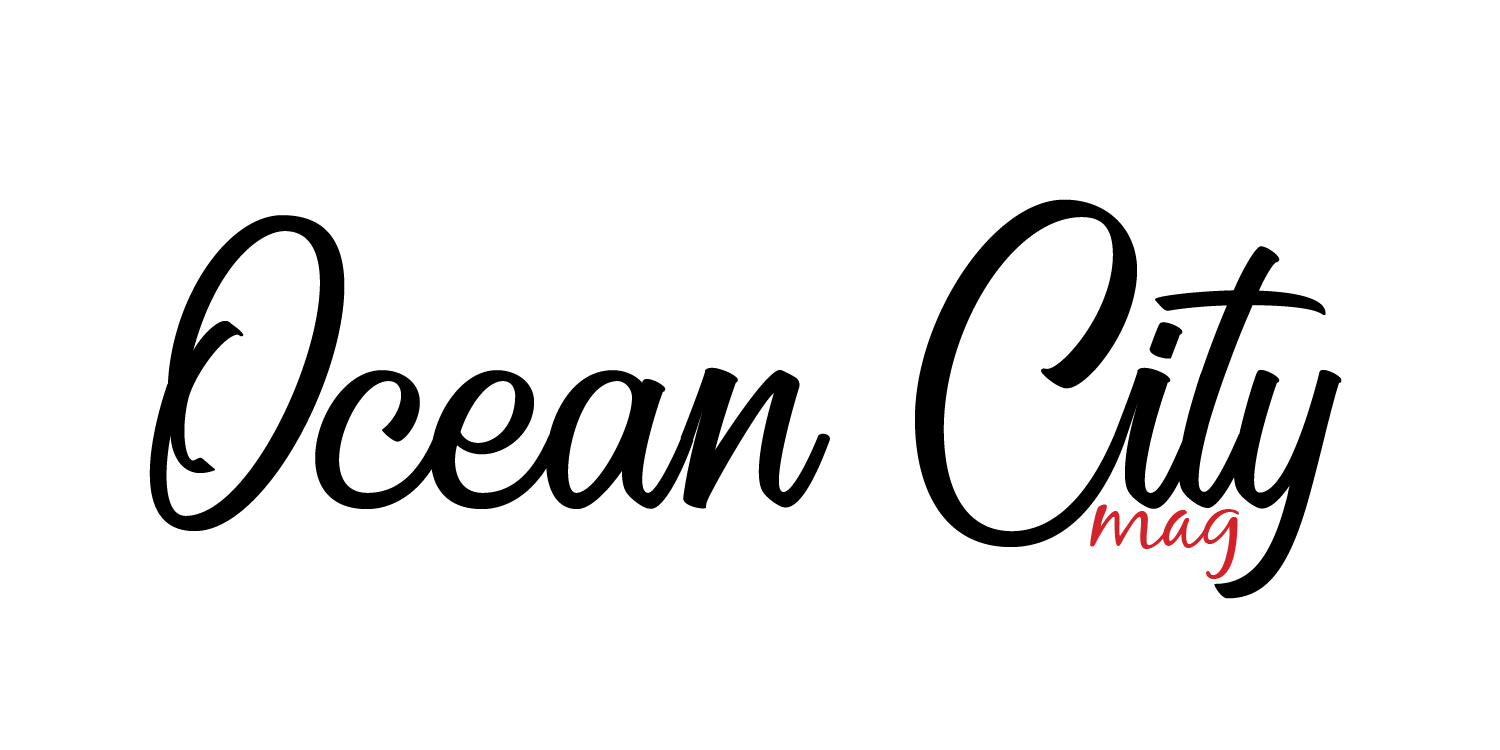Living history

Everything has history. Ocean City is no exception. From its famed Boardwalk to old railroad tracks to lifeguard history, Ocean City has a story. This story is told by a lot of means – through a living history museum, old cottages near the Tabernacle, and the Transportation Station on Haven Avenue. Everywhere you look, there’s Ocean City history to discover.
Ocean City was founded in 1879 by the Lake Brothers, under a cedar tree that has now been preserved and moved inside the Ocean City Tabernacle, between Fifth and Sixth Street. After Ocean City was founded as a religious settlement, people settled around the Tabernacle. Some original cottages still stand today, including Scotch Hall, which was once owned by Ezra Lake. The settlers began to form neighborhoods – including an Black neighborhood and an Italian neighborhood.
A historic tour of Ocean City is fun to do no matter the season. Besides the first neighborhoods, there’s the newly renovated Historical Museum, and the U.S. Life Saving Station 30.
A good place to start a historical tour is at the Ocean City Historical Museum, 1735 Simpson Avenue. The newly renovated space has exhibits on everything from the four movie theaters that used to be in Ocean City, to the Boardwalk, the Sindia (see sidebar), and more historical OC artifacts, including the old switchboard from the Flanders, a replica of the Neptune curtain and the original movie gels that hung in the lobby of the Strand Theater, a waitress uniform from the Chatterbox, and a restored lifeboat.

Once you’re armed with knowledge, head north down what once was referred to as Macaroni Street.
The heart of the Italian neighborhood is considered to be between 9th to 14th Street on Simpson Avenue. It leads into the Black neighborhood.
The Black neighborhood is primarily from 2nd to 10th Street between West and Bay Avenue and is settled around four churches – Macedonia United Methodist Church, Tabernacle Baptist Church St. James AME, and Shiloh Baptist Church. One of the places that people chose to live was called Widow’s Row, which is still residential housing today. It sits between 6th and 7th Streets on Haven Avenue. Legend says those who lived on Widow’s Row were widowed by different circumstances.
Next, head to the beach towards what resembles a yellow cottage – U.S. Life Saving Station 30.
Walking up to the Life Saving Station, 801 E. 4th Street, you’ll find that there’s a rudder poking out of the ground. It’s the last part of the Sindia that was visible on the 17th Street beach until the ’80s.
The Life Saving Station was founded in the late 1800s and it was surfmen from the station who ran out to rescue those on the Sindia when it struck a sandbar. Today, the Life Saving Station is a living history museum; the typewriter, boots, canned goods, and kitchen look like they’re ready to be used. Nothing inside the station is roped off or behind a pane of glass; it’s all interactive. There’s even a 26’ replica lifeboat inside that is able to go out on the water.
Walking the Boardwalk also gives you a slice of Ocean City history.
The Black-only beach was between 5th and 6th Streets but dissolved in the late 1950s.
The Moorlyn Theater was moved up to the new Boardwalk after the old Boardwalk was destroyed in 1927. Shriver’s Salt Water Taffy has been serving up sweet treats and smiles for over 120 years.
The Strand Theater at 9th Street, became the home of Manco and Manco. The Surf Theater now houses posters, rock tees, and beach necessities and is better known as Surf Mall.
As you reach the end of the Boardwalk’s business district, stop at another historic business for an end-of-tour snack – Cheddar popcorn from Johnson’s Popcorn, 14th Street.
THE SINDIA
The Sindia ran aground on December 15, 1901 on 17th Street in Ocean City. It was headed to New York City from Kobe, Japan led by Captain Allan MacKenzie, when the ship became lodged on a sandbar. While surfmen from the Life-Saving Station went to assist those on board, they began unloading cargo. Vases from the Sindia, along with replica vases that were passed off as the real thing, are in the Historical Museum. Part of the original figurehead, is there also. A tea and coffee set from the Sindia can be found at the Life-Saving Station. The Sindia Pavilion with its sign depicting the ship’s history is the last reminder at 17th and the Boardwalk of Ocean City’s most famous shipwreck. The ship remains buried at sea and out of sight at 17th street.
